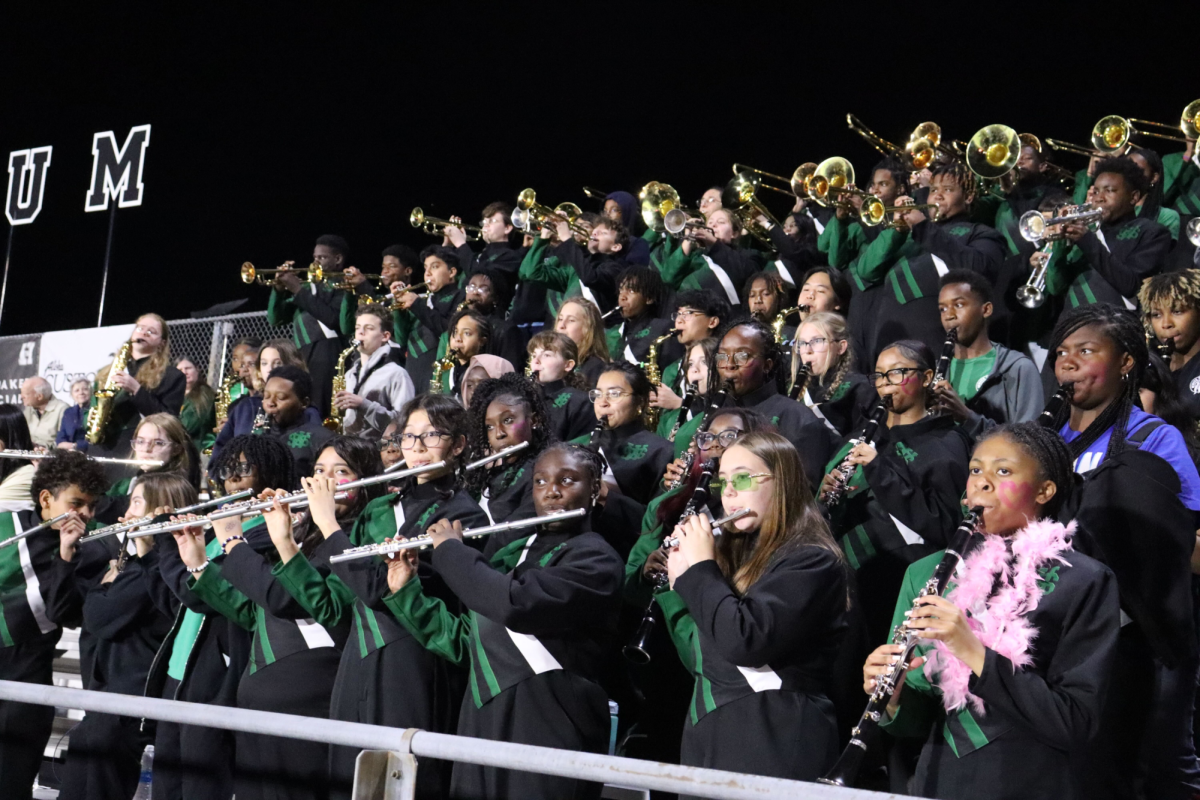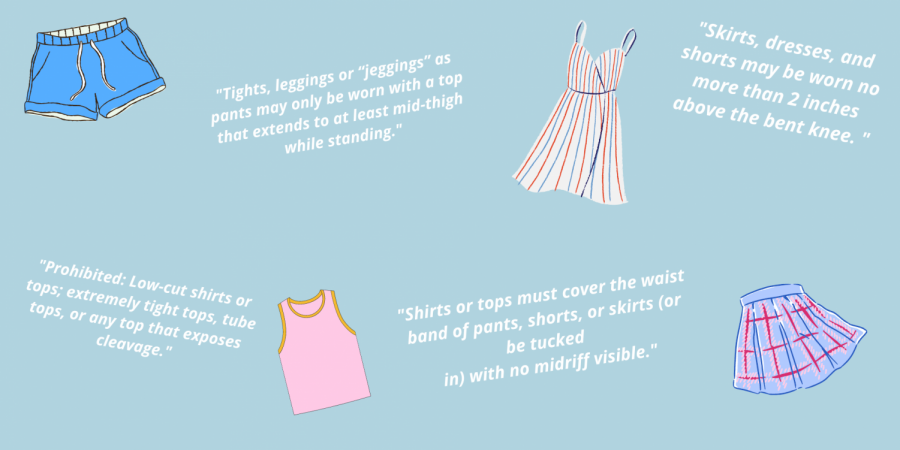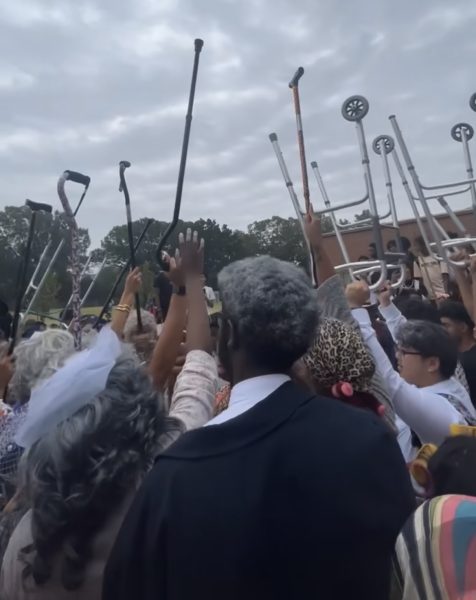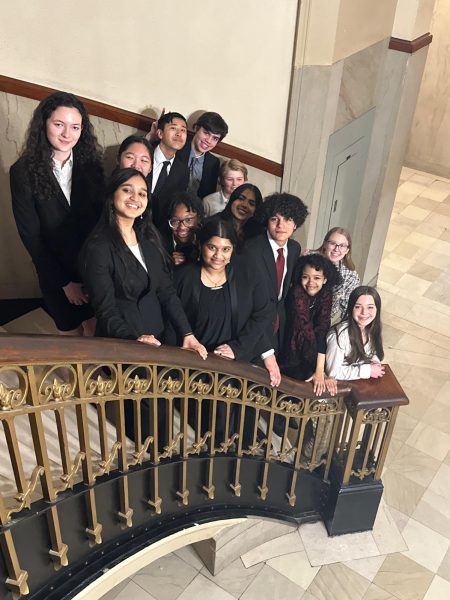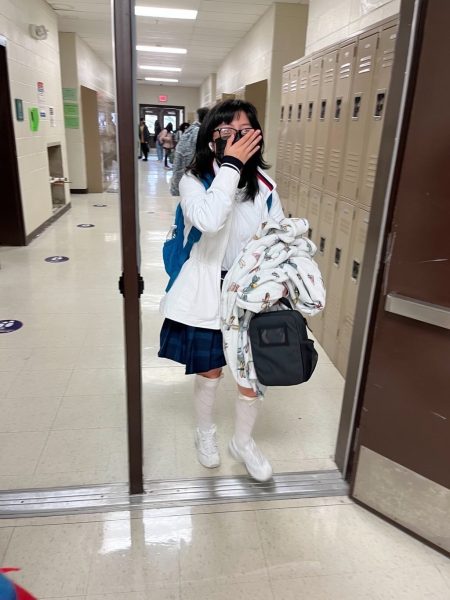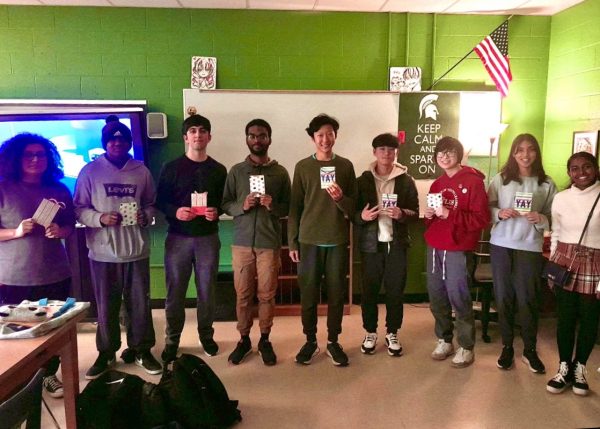Discriminatory dress code policy angers students
The 2021-2022 dress code policy is updated with new restrictions. Students have expressed their strong opinions against it, but others find the regulations reasonable for a school environment.
White Station High School has long been known for its diversity of ethnicities, religions and sociopolitical backgrounds of students. It is often applauded for its talented group of administrative staff and teachers working behind the scenes to make students’ lives easier. However, every school has room for improvement, and many students think one area is the dress code policy.
Many feel the enforcement of the dress code is harsher than needed, with most girls being stopped and blasted in front of their peers by teachers just for an article of clothing.
“Boys and girls definitely do not receive the same treatment when it comes to dress code,” Alivia Blissett (11) said. “If a boy is caught sagging or wearing shorts that are too short, they’d simply be pulled to the side and asked to fix the issue. On the other hand, when girls are called out for dress code violations, they are scolded and ridiculed. Girls are more likely to be yelled at or even sent home for their outfit.”
Makyla Tate (12) is one of many who have had a negative run-in with the dress code. Recently, she wore high-waisted sweatpants above the belly button with a tied top that revealed less than an inch of midriff when she was abruptly stopped by a teacher who harshly reprimanded her.
“ … [M]y mom was brought into it — [the teacher] was like, ‘Do you think your mom would allow you to dress like that?’” Tate said. “[The teacher] said, ‘I’m just fed up with these young girls always trying for attention,’ and these are word for word, I’m not paraphrasing. She said all of that because of a midriff.”
Based on Blissett’s, Tate’s and many other girls’ experiences, teachers often call them out in front of their peers, shame them, and leave the girls feeling guilty and insecure about their bodies. Instead of sexualizing and criminalizing girls for their clothes, teachers should treat them professionally and address them in a respectful manner to avoid unnecessary conflict. Blissett suffered a similar experience and expressed how it made her feel.
“I felt ashamed,” Blissett said. “I was embarrassed and belittled in front of my peers because of a simple centimeter of skin.”
Another problem with the dress code, besides how awful it makes its victims feel, is the bias towards certain body types. People have no control of how big or small their proportions are, and having a one-set dress code that is enforced for such a diverse group of people is unrealistic. Students who are considered bigger can be directly targeted and often dress-coded more than thinner people. This makes the dress code difficult to comply with for different body types because clothes are not tailored to each individual body type.
“The most prominent experience that stands out to me is when my friend who has a smaller chest wore a low-cut shirt and did not get dress coded, but a friend who had a much larger chest wore a shirt of the same style, low-cut, got dress coded for being too revealing,” Anthony Bruce (12) said.
Although many students appreciate not wearing uniforms, a form of expression is still limited by the dress code. High school is the place where students should be able to express themselves freely in a safe and welcoming environment. While there also should be some restrictions to what is appropriate, it is unfair to completely limit one group and not the other. Dress code enforcement should be equal to everyone regardless of their gender and size.
“Our education should always be more important than an article of clothing,” Blissett said. “At this point in time, our focus should be shifted to more important topics, such as social distancing, contact tracing, the constant rise in COVID cases and the mental health of students following the global pandemic and life changes that have come with it.”
Your donation will support the student journalists of White Station High School. Your contribution will allow us to purchase equipment and cover our annual website hosting costs.










